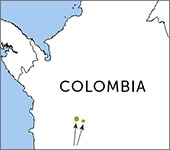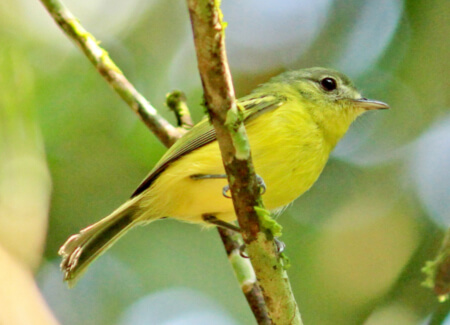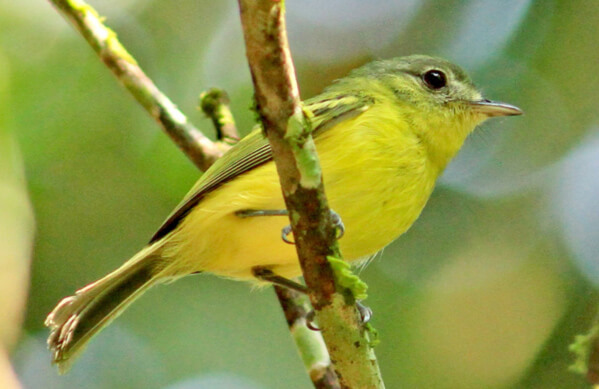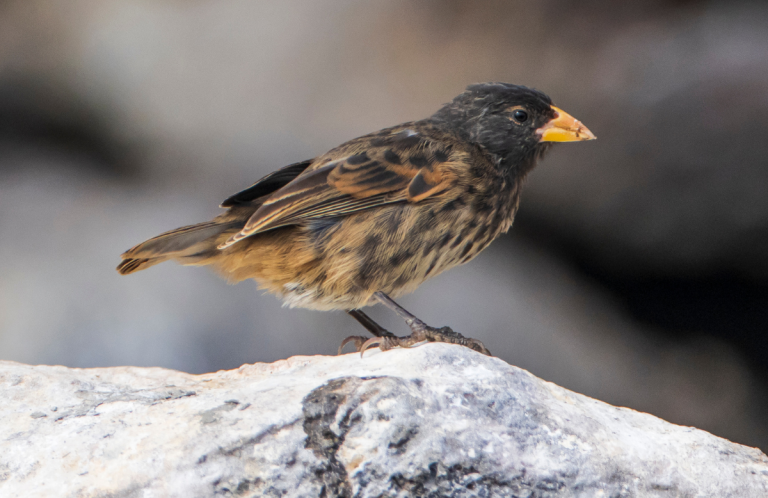 The Antioquia Bristle-Tyrant belongs to a large and diverse family, the tyrant flycatchers, found entirely within the Americas. Relatives include birds such as Johnson's Tody-Flycatcher and Streamer-tailed Tyrant. Along with hundreds of other bird species, the bristle-tyrant finds refuge at El Paujil Reserve, established in 2004 by ABC and our partner ProAves.
The Antioquia Bristle-Tyrant belongs to a large and diverse family, the tyrant flycatchers, found entirely within the Americas. Relatives include birds such as Johnson's Tody-Flycatcher and Streamer-tailed Tyrant. Along with hundreds of other bird species, the bristle-tyrant finds refuge at El Paujil Reserve, established in 2004 by ABC and our partner ProAves.
Sign up for ABC's eNews to learn how you can help protect birds

Antioquia Bristle-Tyrant by Pete Morris
Very little information about this rare species exists. Like other tyrant flycatchers, the Antioquia Bristle-Tyrant has a relatively tuneless song: a short stutter ending with several wheezy notes. It hunts by sallying out after flying insects or snatching them from the undersurfaces of leaves, and it often associates with mixed-species flocks.
The Antioquia Bristle-Tyrant continues to be threatened by extensive deforestation throughout its limited range. Fortunately, suitable habitat for this and other resident and migrant species, such as Blue-billed Curassow, White-mantled Barbet, and Cerulean Warbler, has been protected at El Paujil. With support from ABC and Rainforest Trust, the reserve was recently expanded by nearly 500 acres and now totals 8,448 acres of protected land in one of Colombia's most vulnerable ecosystems.
Donate to support ABC's conservation mission!



















































